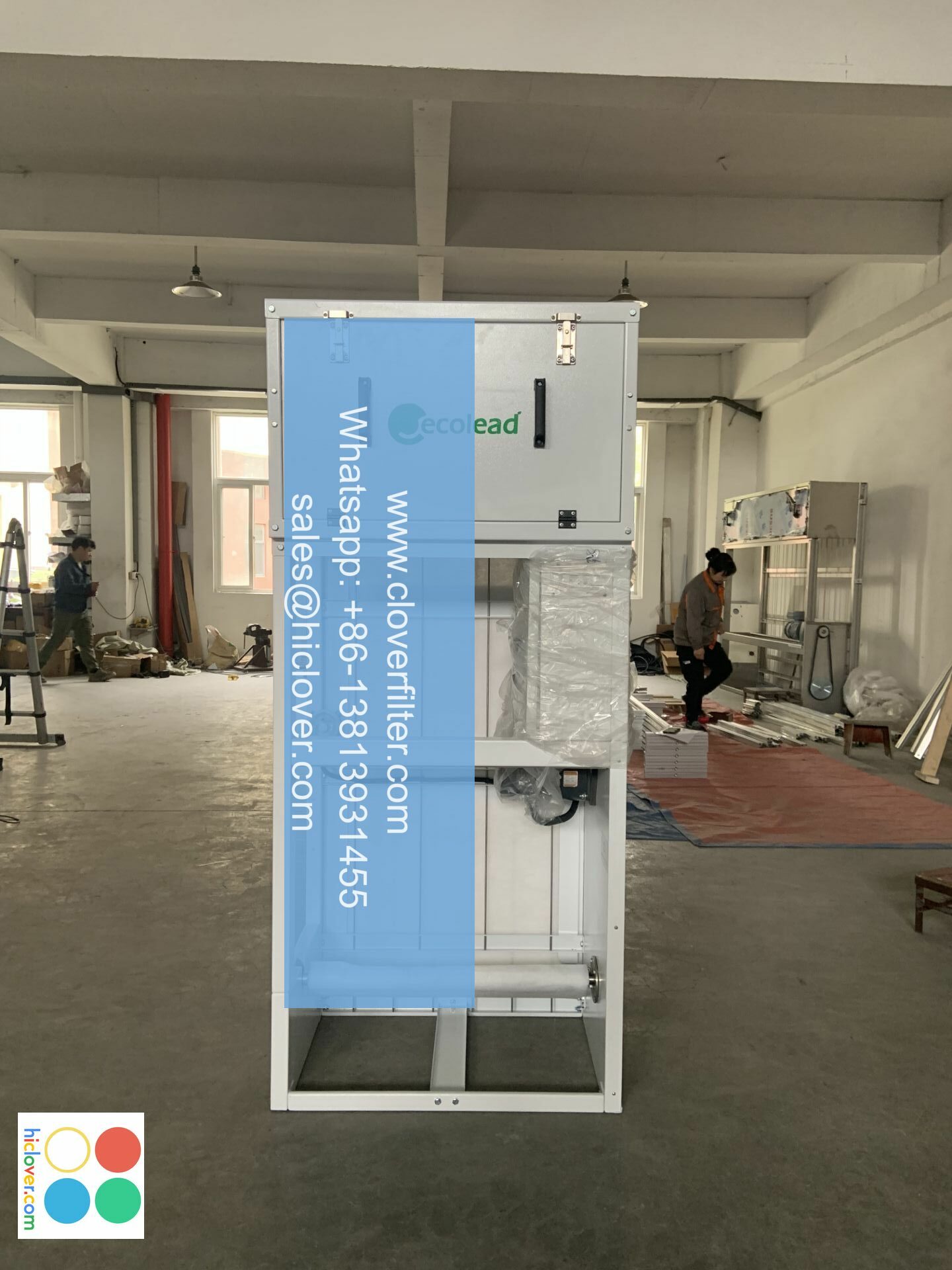The Science Behind Pre-Filter Materials: What You Need to Know

The Science Behind Pre-Filter Materials: What You Need to Know
What are Pre-Filter Materials?
Pre-filter materials are substances that are designed to remove impurities, contaminants, and other particles from fluids, gases, and processes in various industries, including water treatment, air and gas processing, and medical applications. These materials are typically used as a first stage of filtration, preceding the primary filtration process, to remove larger particles, debris, and contaminants, thereby extending the life of the downstream filtration system and improving overall performance.
How Do Pre-Filter Materials Work?
Pre-filter materials work by using a combination of mechanical, physical, and chemical properties to trap and capture impurities. The specific mechanism of action can vary depending on the type of material used, but common methods include:
- Mechanical Interception: Physical barriers, such as grids or meshes, that trap larger particles.
- Particulate Adsorption: Activated carbon, zeolites, and other absorbent materials that attract and trap particles, chemicals, and gases.
- Chemical Sorption: Materials that attract and bind to specific contaminants, such as ion exchange resins.
- Activated Carbon: High-surface-area materials effective for gas and liquid filter applications, particularly for removing volatile organic compounds (VOCs), heavy metals, and other impurities.
- Zeolites: Microporous materials with specific structures that can selectively remove impurities, such as heavy metals, VOCs, and other pollutants.
- Fibrous Filters: Woven or non-woven materials, like cotton, polyester, or fiberglass, that remove larger particles and debris.
- Nanofiltration (NF) and Ultrafiltration (UF) Membranes: Semi-permeable membranes with tiny pores that filter out impurities at the molecular and ionic levels.
- Water Treatment: Removing impurities and contaminants from drinking water, wastewater, and industrial process water.
- Air and Gas Processing: Cleaning and conditioning air and gas streams in industries such as power generation, chemical processing, and pharmaceuticals.
- Medical Applications: In medical devices, such as ventilators, dialysis machines, and anesthesia machines, to remove contaminants and bacteria.
- Industrial Process Filtration: In various industries, such as oil and gas, petrochemicals, and food processing, to remove impurities and contaminants from process fluids.
Types of Pre-Filter Materials
There are several types of pre-filter materials, each with its own unique properties and applications:
Applications of Pre-Filter Materials
Pre-filter materials are used in a wide range of industries and applications, including:
Conclusion
Pre-filter materials play a crucial role in ensuring the quality and effectiveness of various industrial processes, medical devices, and environmental systems. By understanding the science behind these materials, you can make informed decisions when selecting the right pre-filter material for your specific application. Whether it’s removing impurities from drinking water or cleaning compressed air, pre-filter materials are an essential step in ensuring a pure and safe environment.
I’d love to help! What would you like to talk about or what would you like me to help you with?


